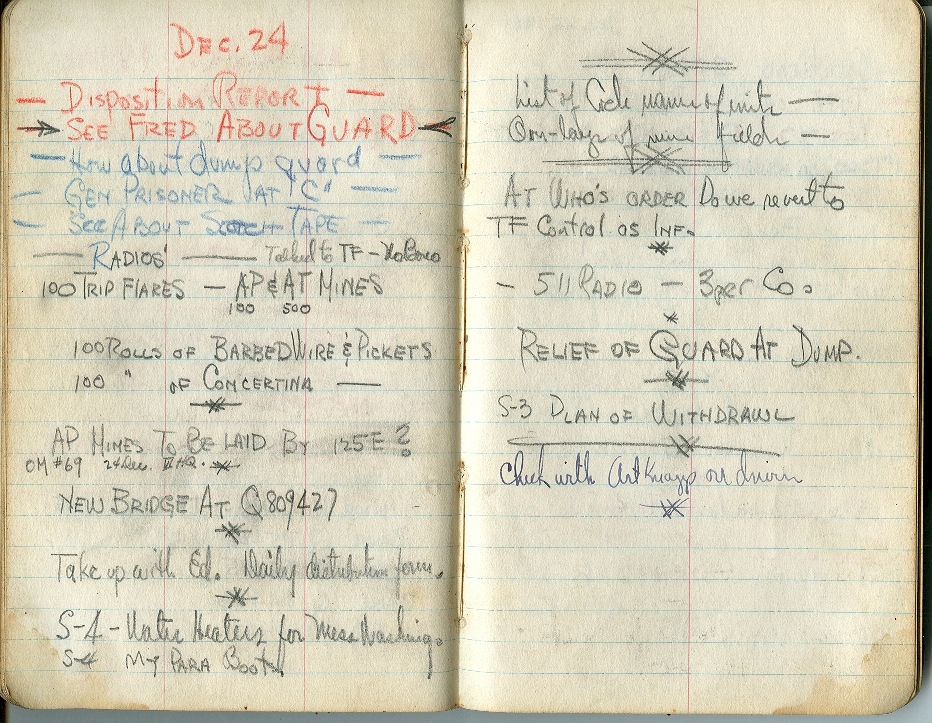Took the liberty of copying just the WWII entries regarding the link you left for us.
On November 10, 1938, the Heilbronn synagogue was destroyed and during 1939 the Jewish community was all but eliminated.
Starting in 1942 during World War II, the salt mines in and around Heilbronn were used to store art and artifacts from Germany, France and Italy. Similarly, important producers of the war industry were moved into the mine shafts. The expansion of the shafts was undertaken by labour brigades of the concentration camp branches in Kochendorf and Neckargartach. From Heilbronn all the way to Neckarelz numerous subterraneous complexes, some of them gigantic, were constructed and as of November 20, 1942 the Heilbronn Bureau of Labour had 8,000 forced labourers registered in its district.
In 1940 allied air raids started and the city and its surrounding area were hit about 20 times with minor damage. On September 10, 1944, a raid by the allies targeted the city and, specifically, the Böckingen train transfer station. 281 residents died as a result of 1,168 bombs dropped that day. The city was carpet-bombed from the southern quarter all the way to the Kilianskirche in the centre of town. The church burnt out.
The catastrophe for Heilbronn was the bombing raid on December 4, 1944. During that raid the centre of town was completely destroyed and the surrounding boroughs were heavily damaged. Within one half hour 6,500 residents perished. Of those, 5,000 were later buried in mass graves in the Ehrenfriedhof (cemetery of honor) in the valley of the Köpfer creek close to the city. To this day, a memorial is held annually in memory of those that died that day. As a result of the war Heilbronn's population shrank to 46,350 (see Bombings of Heilbronn in World War II).
After a ten-day battle with the advancing allies over the strategically important Neckar crossings World War II ended for the destroyed city on April 12, 1945 with occupation by US troops. Local NSDAP leader Drauz took time for numerous courts-martial while on the run from the allies and was hanged on December 4, 1946 in Landsberg because of executions of American prisoners of war he had ordered in March 1945.
Bless all the men who took time to document all of this. Journals are just the greatest!

